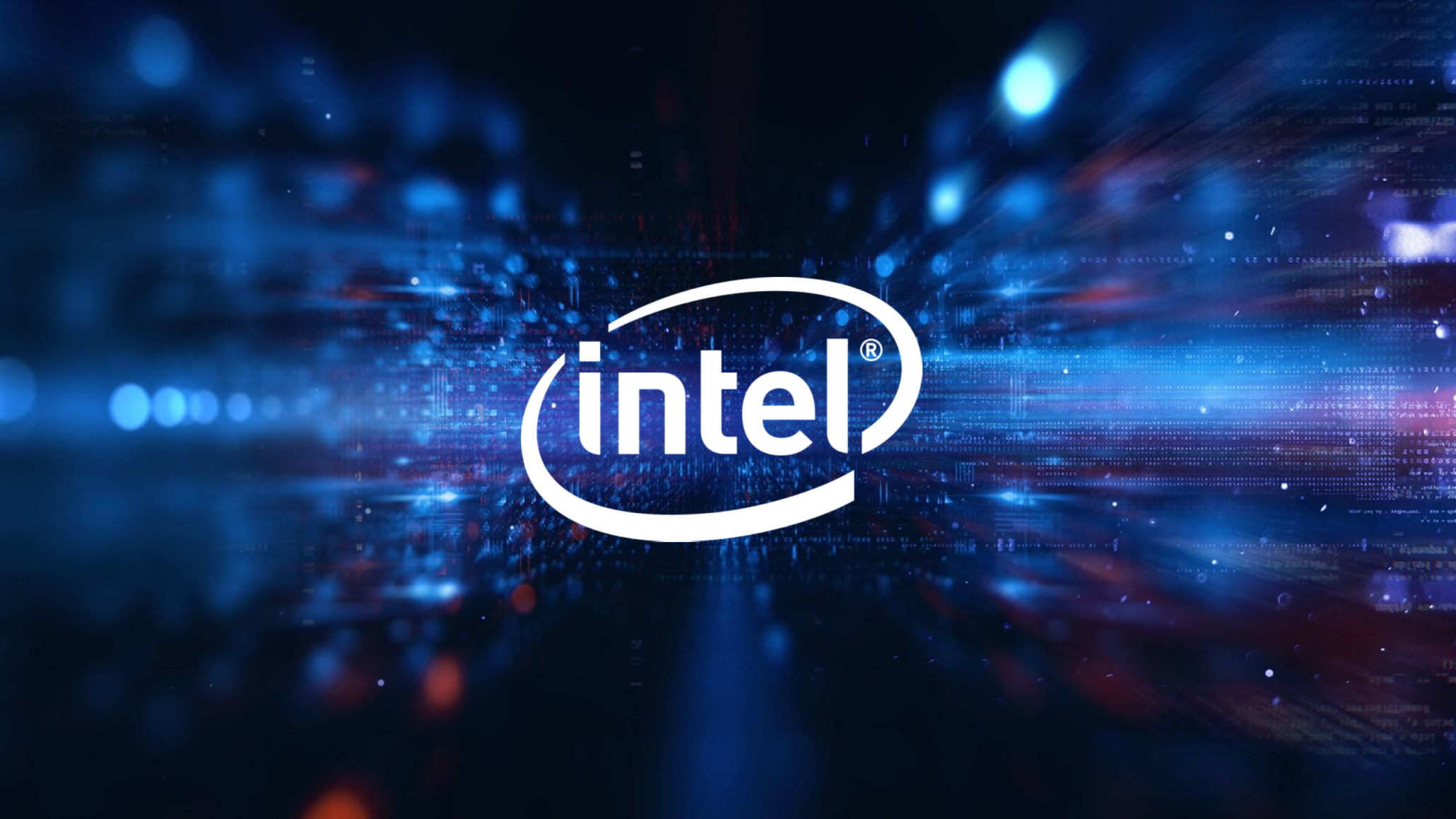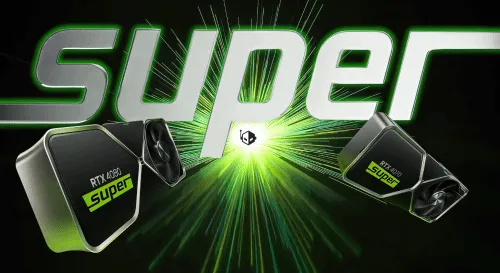In a challenging market environment characterized by sluggish recovery and tepid demand in key sectors, Intel (INTC) has issued lackluster profit and revenue guidance for the second quarter, raising concerns about its ability to reclaim its position as the chip industry leader and signaling a slower-than-expected recovery process. Despite surpassing analysts’ expectations in the first quarter, the subdued outlook for Q2 has prompted a cautious outlook among investors and cast doubts on Intel CEO Pat Gelsinger’s efforts to revitalize the company.
Financial Performance in Q1: Intel reported a 9% year-on-year increase in revenue to $12.72 billion in the first quarter, in line with the midpoint of its own guidance range of $12.2 billion to $13.2 billion. However, the adjusted earnings per share (EPS) of $0.18 fell short of both Intel’s guidance and analysts’ expectations of $0.13, highlighting challenges in profitability despite revenue growth. The company’s inability to meet profit targets underscores the ongoing headwinds faced by Intel, particularly in light of weaker demand in the data center and personal computer (PC) markets.
Challenges and Concerns: The subdued profit and revenue guidance for the second quarter reflects Intel’s struggles to navigate the evolving landscape of the semiconductor industry, particularly in the face of stiff competition and technological challenges. The company’s lagging position in the field of artificial intelligence (AI) further complicates its efforts to regain market dominance, with rivals advancing rapidly in this critical area. Moreover, Intel’s slower-than-expected recovery process suggests that the road ahead may be longer and more arduous than anticipated, requiring significant investments and strategic realignment to address structural weaknesses and regain investor confidence.
Impact on Stock Price: The disappointing outlook for Q2 has prompted a sharp decline in Intel’s stock price, as investors react to the grim prospects and uncertainties surrounding the company’s future performance. The bearish sentiment is likely to persist in the near term, with heightened volatility expected as investors reassess their positions and adjust their portfolios accordingly. Given the challenging operating environment and uncertainties surrounding Intel’s turnaround efforts, selling Intel stock may be prudent for risk-averse investors seeking to mitigate potential losses.
In conclusion, Intel’s bleak profit and revenue guidance for the second quarter, coupled with ongoing challenges in key market segments and technological domains, paint a grim picture for the company’s near-term prospects. While CEO Pat Gelsinger’s efforts to revitalize Intel are commendable, the road ahead remains fraught with challenges and uncertainties. As such, investors should exercise caution and consider divesting their Intel holdings in light of the company’s uncertain outlook and the potential for further downside risk.

